Spinal Decompression Therapy: A Non-Invasive Approach to Sciatica Relief
November 12, 2025
8 min

Understanding Sciatica and the Need for Non-Invasive Therapies
Definition and Causes of Sciatica
Sciatica refers to pain that travels along the sciatic nerve, the longest nerve in the body, extending from the lower back down through the hips, buttocks, and legs. This condition often arises from lumbar herniated discs, spinal stenosis, degenerative disc disease, or nerve compression along the spine. Such issues can lead to irritation or compression of the sciatic nerve, triggering discomfort.
Common Symptoms of Sciatic Nerve Compression
Individuals with sciatica commonly experience sharp, radiating pain down the leg, numbness, tingling, or muscle weakness in the affected area. These symptoms can limit mobility and disrupt daily activities. In some cases, there may also be difficulty walking or standing.
Importance of Non-Invasive Treatment Options
Non-invasive therapies play a vital role in managing sciatica symptoms effectively and safely. Approaches such as chiropractic care, spinal decompression therapy, physical therapy, acupuncture, and targeted exercises aim to reduce nerve pressure and improve spinal function without surgery. These treatments not only provide pain relief but also support long-term spine health and mobility. Emphasizing natural, patient-centered healing, non-invasive methods reduce the risks and recovery time associated with surgical procedures, offering a holistic and accessible path to wellness.
What Is Spinal Decompression Therapy and How Does It Work?

Mechanism of spinal decompression therapy
Spinal decompression therapy is a non-invasive treatment aimed at relieving pressure on spinal nerves and discs. The therapy gently stretches the spine, creating a negative pressure within the spinal discs. This negative pressure helps retract bulging or herniated discs back to their normal positions, reducing nerve compression and alleviating pain such as sciatica.
Types of spinal decompression methods (mechanical and manual)
There are two primary methods of spinal decompression: mechanical and manual. Mechanical decompression uses motorized traction tables or computerized systems like the SpineMED® computerized decompression system, which gently stretch and realign the spine in controlled sessions lasting less than an hour. Manual decompression is performed by trained chiropractors or physical therapists, using hands-on techniques to manipulate and relieve pressure on affected spinal structures.
The role of traction in nerve and disc relief
Traction is a core element of spinal decompression, whether mechanical or manual. By gently pulling the spine apart, traction increases the space between vertebrae, reducing pressure on the discs and the nerves that exit the spinal column. This relief helps to reduce inflammation, pain, and nerve irritation.
How decompression promotes disc retraction and healing
The vacuum effect created during decompression encourages the influx of oxygen, fluids, and nutrients into the damaged discs. This enhanced circulation supports the natural healing of bulging or herniated discs. By alleviating nerve pressure and stimulating regeneration, spinal decompression can improve mobility and comfort in patients dealing with conditions like herniated discs and sciatica.
Conditions Treated by Spinal Decompression Therapy

Sciatica caused by herniated and bulging discs
Spinal decompression therapy is highly effective for treating sciatica, a painful condition that often results from Natural healing of bulging or herniated discs or Natural healing of bulging or herniated discs pressing on the sciatic nerve. By gently stretching the spine, SpineMED® computerized decompression system creates negative pressure that encourages disc material to retract, relieving nerve compression. This alleviation of pressure can reduce pain, tingling, and numbness radiating down the legs, helping patients regain mobility and comfort.
Spinal stenosis and degenerative disc disease
Other common conditions treated by Spinal decompression Therapy include Spinal stenosis Relief, where spinal canal narrowing compresses nerves, and Degenerative Disk Care, which involves the deterioration of spinal discs with age or injury. Decompression helps increase spacing between vertebrae, reducing inflammation and nerve pressure. For these conditions, it not only alleviates pain but also improves spinal flexibility and supports tissue healing.
Other related conditions: pinched nerves, facet syndrome, disc degeneration
Spinal decompression is also used for various related spinal issues such as Pinched Nerves Treatment, facet joint syndrome, and general disc degeneration. These conditions can cause back pain, stiffness, and restricted movement. The therapy supports natural healing by enhancing circulation and nutrient delivery to affected areas, potentially preventing the need for invasive surgeries. Combined with Chiropractic Care Benefits, Physical Therapy for Spine, and lifestyle modifications, spinal decompression provides a comprehensive approach to spine health.
Advantages of Spinal Decompression Therapy Over Surgical Options

What makes spinal decompression therapy a preferred choice compared to surgery?
Spinal decompression therapy is a non-invasive back pain treatment that gently stretches the spine to relieve pressure on discs and nerves. This approach minimizes the risks and side effects commonly associated with surgical spinal decompression and medications. Patients typically experience minimal to no downtime, making it a practical option for busy lifestyles.
How long does the treatment take, and what does a typical session involve?
Each decompression session usually lasts under an hour, with a treatment plan consisting of 15 to 30 sessions over 4 to 6 weeks, depending on individual symptoms. The therapy involves using advanced motorized traction tables that create gentle traction on the spine, promoting disc retraction and improving spinal health.
How effective is spinal decompression therapy in pain relief and mobility improvement?
Clinical evidence and patient experiences show high success rates in reducing chronic back pain and restoring mobility. Many individuals report significant pain reduction without the need for invasive procedures. Decompression therapy improves circulation around damaged discs, encourages natural healing of bulging or herniated discs, and helps maintain disc integrity.
What risks does spinal decompression help patients avoid compared to surgery?
Unlike surgery, spinal decompression does not carry risks such as infection, nerve injury, or extended hospital stays. It also reduces reliance on pain medications, thereby avoiding their potential side effects. This makes decompression therapy a safe alternative, especially for patients who are not good candidates for surgery due to health reasons or pregnancy.
Patients in Torrance, California, and beyond have access to chiropractic clinics offering this holistic, drug-free, and effective treatment, supporting long-term spinal health and wellness.
Complementary Chiropractic Care and Lifestyle Modifications in Sciatica Management

Role of chiropractic adjustments and manual therapy
Chiropractors play a crucial role in managing sciatica by performing chiropractic adjustments and manual therapies that address spinal misalignments causing nerve pressure. These manual techniques can provide immediate relief by decompressing the sciatic nerve and relaxing muscle knots known as trigger points, which often contribute to radiating pain. Through targeted adjustments and soft tissue manipulation, chiropractic care offers a safe, non-invasive alternative to pain medication and surgery.
Corrective exercises and stretches for sciatica relief
Specific stretches, such as the Sciatic Mobilizing Stretch and Supine Piriformis Stretch, help alleviate tightness in muscles like the piriformis and hamstrings that aggravate sciatica symptoms. Core strengthening exercises, including bridges and back stabilization moves like bird dog, support spinal alignment and reduce nerve pressure. Chiropractors often guide patients through a corrective exercise regimen tailored to their condition, promoting improved posture, flexibility, and muscle balance.
Lifestyle and ergonomic tips to prevent recurrence
Preventing sciatica recurrence involves lifestyle changes such as practicing proper posture, using supportive seating, and maintaining proper lifting techniques. Frequent movement and avoiding prolonged sitting are essential, especially for individuals working from home or in desk-based jobs. Engaging in low-impact activities like walking, swimming, or cycling strengthens the musculoskeletal system without stressing the spine. For more information, see Managing Sciatica in Torrance, California.
Holistic approaches including acupuncture and herbal support
In addition to chiropractic care, holistic therapies such as acupuncture for back pain can complement treatment by improving circulation and reducing inflammation around affected nerves. Herbal supplements like turmeric and ginger, known for their anti-inflammatory properties, may assist in managing pain when used under professional guidance. Mind-body techniques such as yoga and meditation also help by reducing stress and enhancing flexibility, contributing to overall sciatica management.
Incorporating chiropractic adjustments, exercise therapy, ergonomic habits, and holistic treatments forms an integrated, patient-centered approach to relieve sciatica while promoting long-term spinal wellness.
Spinal Decompression Therapy at Back in Action Bodyworks in Torrance, California

Overview of the Clinic and Its Holistic Musculoskeletal Approach
Back in Action Bodyworks, located in Torrance, California, has been a trusted chiropractic clinic in Torrance, CA serving the community since 1998. The clinic emphasizes a holistic approach to musculoskeletal health, focusing on natural, non-invasive back pain treatments to alleviate pain and promote overall wellness. Their philosophy integrates patient-centered care with modern therapies to address nerve compression treatment and spine-related issues comprehensively.
Use of Advanced Spinal Decompression Technology (DRX 9000)
The clinic utilizes the advanced DRX 9000 Spinal Decompression System, an FDA-approved device designed to gently stretch the spine and reduce pressure on discs and nerves. This computerized equipment features sensors that monitor and adjust treatments in real time, enhancing precision and effectiveness. The therapy aims to relieve pain, restore mobility, and encourage natural healing of bulging or herniated discs.
Personalized Treatment Plans Including Patient Education and Follow-ups
Back in Action Bodyworks prioritizes personalized treatment plans tailored to each patient's condition and lifestyle. Their comprehensive care includes thorough evaluations, educational guidance on home strategies for pain management and ongoing follow-ups to ensure lasting improvements. This approach empowers patients with knowledge and tools to maintain spinal decompression therapy benefits beyond therapy sessions.
Integration with Other Services Like Physical Therapy, Nutrition, and Neuropathy Care
In addition to spinal decompression therapy, the clinic offers a range of supportive services such as chiropractic adjustments, corrective exercises, physical therapy for spine, nutritional counseling, and neuropathy care in musculoskeletal therapy. These combined modalities support holistic wellness by addressing multiple facets of musculoskeletal health, improving outcomes for those suffering from back pain treatment, sciatica management, and related conditions.
Embracing Spinal Decompression Therapy for Lasting Sciatica Relief
Benefits and Safety of Spinal Decompression Therapy
Spinal decompression offers a gentle, non-invasive way to relieve pressure on spinal nerves, effectively reducing sciatica pain caused by herniated or bulging discs. Treatments improve circulation, promote natural healing, and restore mobility without surgery. Sessions typically last under an hour, with minimal risks for most patients, making it an accessible alternative to invasive procedures.
Seeking Professional Evaluation
Patients experiencing persistent sciatica symptoms are encouraged to consult healthcare professionals for proper diagnosis and personalized treatment plans. Thorough evaluations, including imaging if needed, ensure safe and effective care tailored to individual conditions.
Holistic Care for Optimal Relief
Combining spinal decompression with chiropractic adjustments, physical therapy, and lifestyle modifications—such as ergonomic habits and targeted exercises—supports long-term nerve health. Embracing this comprehensive strategy enhances pain relief, improves function, and fosters overall wellness.
Recent articles

Effective Corrective Exercises for Sustainable Pain Management

Taking a Root Cause Approach to Chronic Pain Management

Holistic Pain Management Techniques Without Surgery

How Patient Success Stories Validate Chiropractic Care Benefits

Spinal Decompression: Innovative Treatment for Sciatic Nerve Pain

Spinal Decompression Therapy: A Non-Invasive Approach to Sciatica Relief

Exploring Holistic Approaches Beyond Surgery for Pain Relief

Practical Lifestyle Advice to Support a Healthy Spine Every Day

Corrective Exercise Routines Designed for Long-Term Pain Prevention

Real Patient Stories: Overcoming Chronic Pain with Chiropractic Care

Lifestyle Changes That Promote a Healthy Spine and Prevent Injury

How Addressing the Root Cause of Pain Leads to Lasting Relief

Non-Surgical Holistic Therapies to Manage Chronic Pain Effectively

Nutritional Counseling's Impact on Physical Health and Healing

Benefits of Regular Chiropractic Care for a Stronger Back

Your First Chiropractic Visit: What to Expect and How to Prepare

Patient Experiences: How Chiropractic Care Transformed Their Lives

Exploring Holistic, Non-Surgical Options for Pain Management

Combining Physiotherapy with Chiropractic Treatments for Enhanced Recovery

Holistic Treatments That Offer Alternatives to Surgery for Pain Relief

Corrective Exercise Strategies for Long-Term Spine Health

How Physiotherapy Complements Chiropractic Adjustments for Better Outcomes

First-Time Chiropractic Visitors: What You Should Know

Understanding the Importance of Treating Pain at Its Source

Adopting Lifestyle Changes to Support Your Spine's Wellness

Utilizing Physiotherapy to Enhance Chiropractic Treatment Outcomes

The Key Advantages of Chiropractic Care for Back Pain Sufferers

Why Focusing on Root Causes Improves Pain Treatment Success

Corrective Exercises That Promote Lasting Pain Relief and Mobility

Sciatica Relief Through Targeted Spinal Decompression Techniques

Preparing for Your First Chiropractic Appointment with Confidence

Healthy Lifestyle Habits for Maintaining Spinal Alignment

Success Stories Highlighting Chiropractic's Role in Pain Recovery

Top Benefits of Chiropractic Care for Chronic Back Pain

Nutrition Tips to Boost Your Overall Wellness and Recovery

How Chiropractic Care Alleviates Back Pain Naturally

How Nutritional Counseling Supports Overall Wellness and Spine Health

Step-by-Step Guide to Your First Visit with a Chiropractor

Using Nutrition to Support Chiropractic and Overall Wellness

Integrating Physiotherapy in Your Chiropractic Healing Journey

How Physiotherapy Complements Chiropractic Adjustments for Faster Healing

Lifestyle Tips for Maintaining a Healthy Spine and Preventing Back Pain

Heartwarming Patient Testimonials Highlighting Chiropractic Success

How Proper Nutrition Supports Chiropractic and Physiotherapy Treatments

Combining Physiotherapy and Chiropractic Treatments for Optimal Recovery

Why Chiropractic Treatments Are Effective for Managing Back Pain

Choosing a Chiropractor: Tips for Finding a Trusted Provider

Integrating Physiotherapy and Chiropractic: Benefits and What to Expect

How Tailored Corrective Exercises Can Aid in Pain Management

Chiropractic Care: A Proven Solution for Alleviating Back Pain

What to Expect at Your First Chiropractic Visit: A Comprehensive Guide

The Importance of Root Cause Analysis in Effective Pain Management
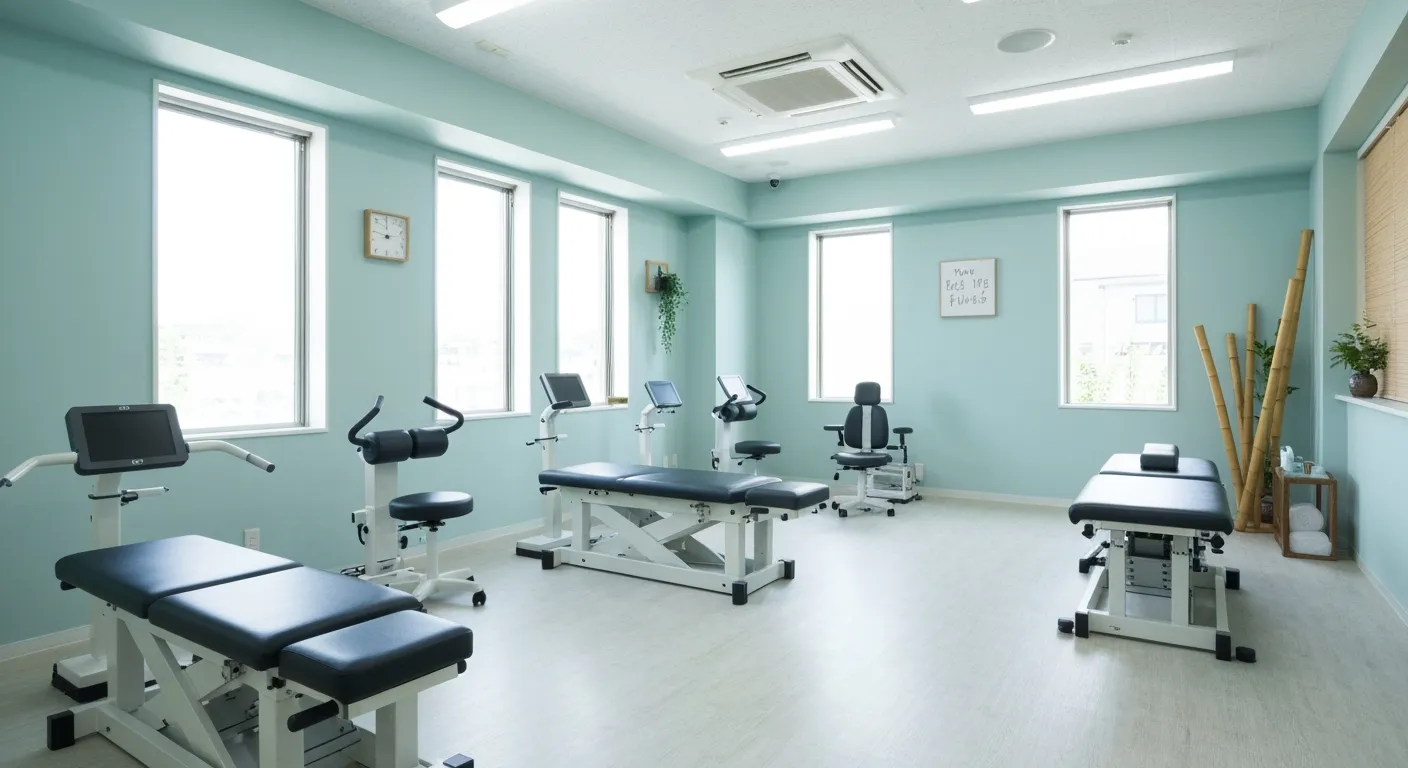
The Role of Corrective Exercises in Sustaining Pain-Free Living

Combining Chiropractic and Physiotherapy for Comprehensive Pain Relief
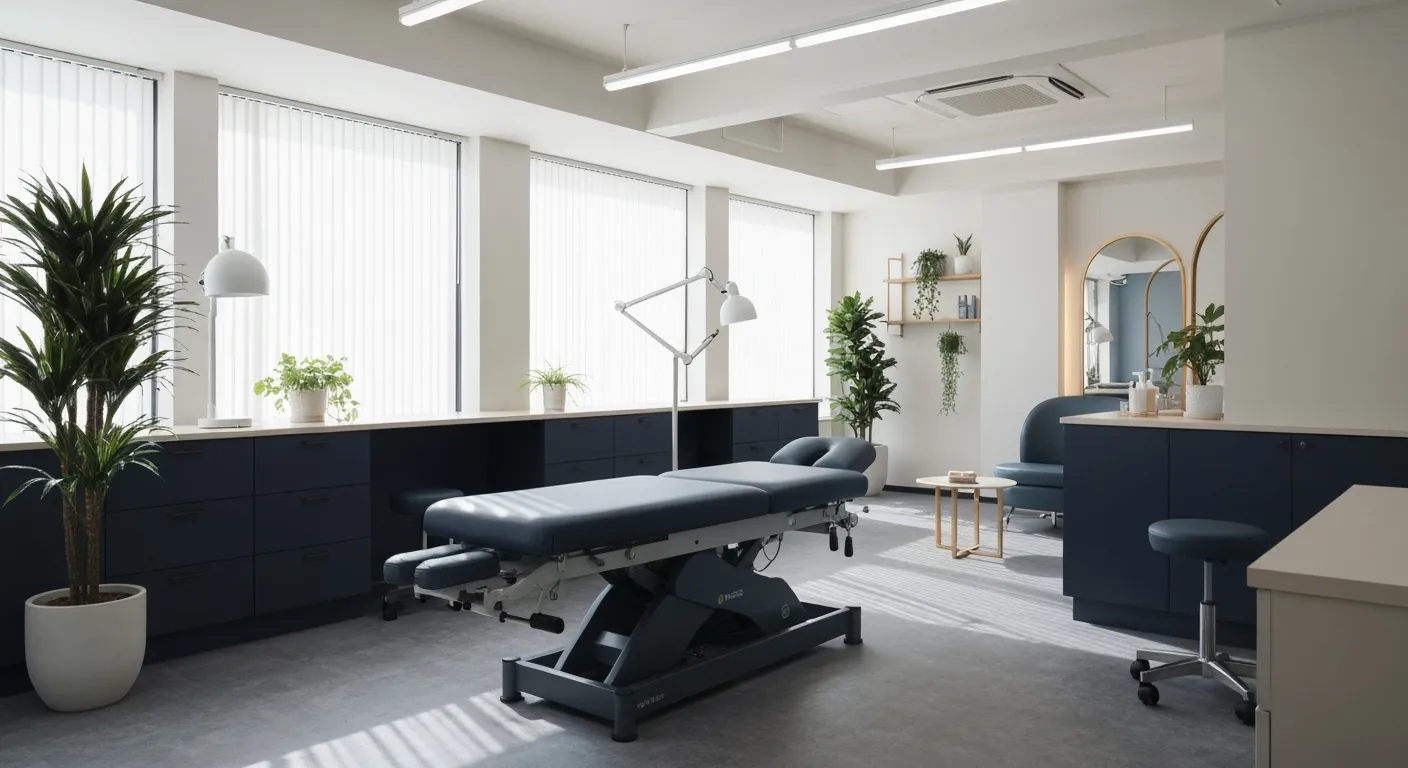
How Addressing Underlying Causes Improves Pain Treatment Effectiveness

Maintaining Spinal Health Through Lifestyle Changes and Preventive Care
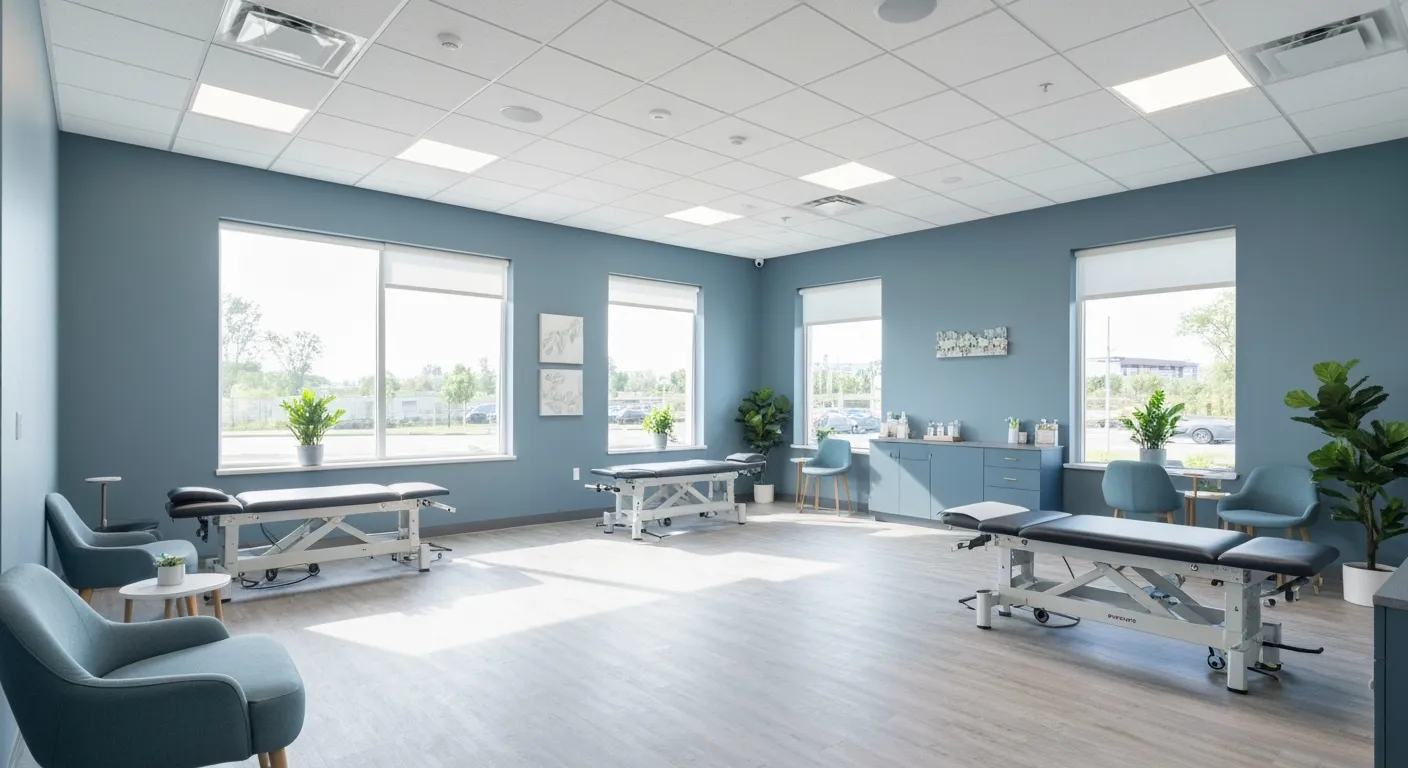
Understanding the Benefits of Chiropractic Adjustments for Back Pain Sufferers

Spinal Decompression Therapy: A New Hope for Sciatica Relief

Lifestyle Recommendations to Support a Healthy Spine and Reduce Pain
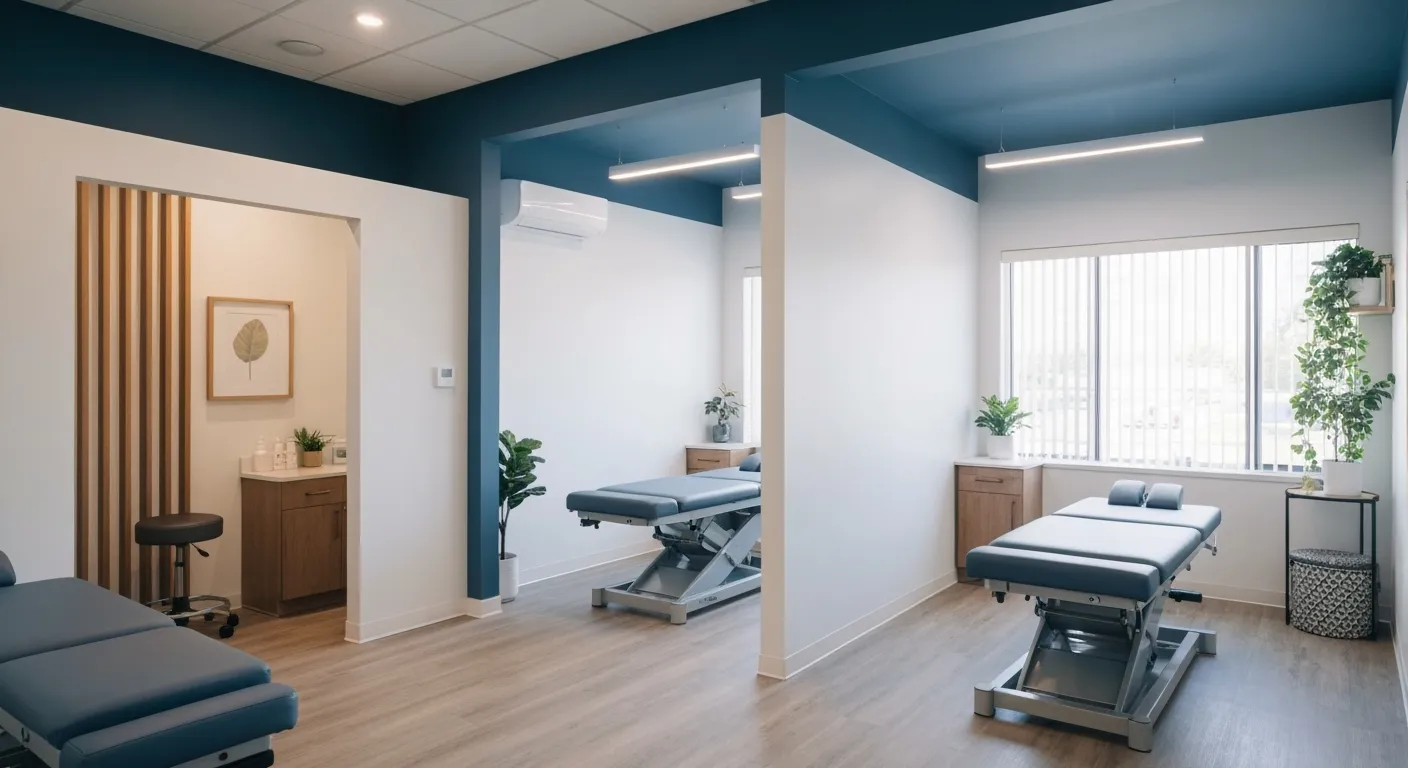
Choosing the Right Chiropractor: Key Factors to Consider Before Your First Appointment

Non-Invasive Treatment Alternatives: A Holistic Approach to Pain Relief

Corrective Exercises to Support Long-Term Relief from Chronic Pain

Exploring Non-Surgical Approaches to Spine Health and Wellness

Tips for Daily Habits That Keep Your Spine Strong

Success Stories: How Chiropractic Treatments Changed Lives

Why Focusing on the Root Cause of Pain Leads to Better Outcomes
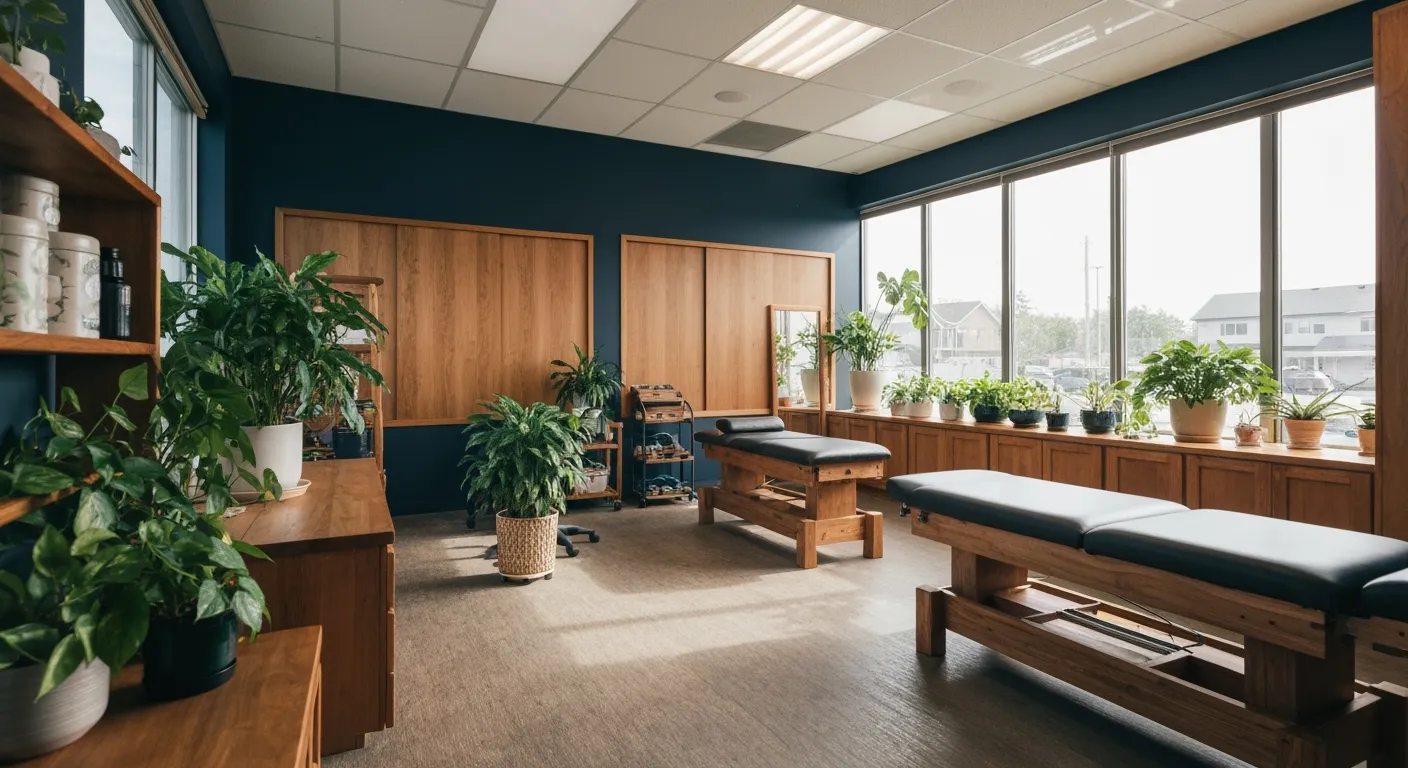
Nutritional Counseling and Its Impact on Overall Wellness and Recovery
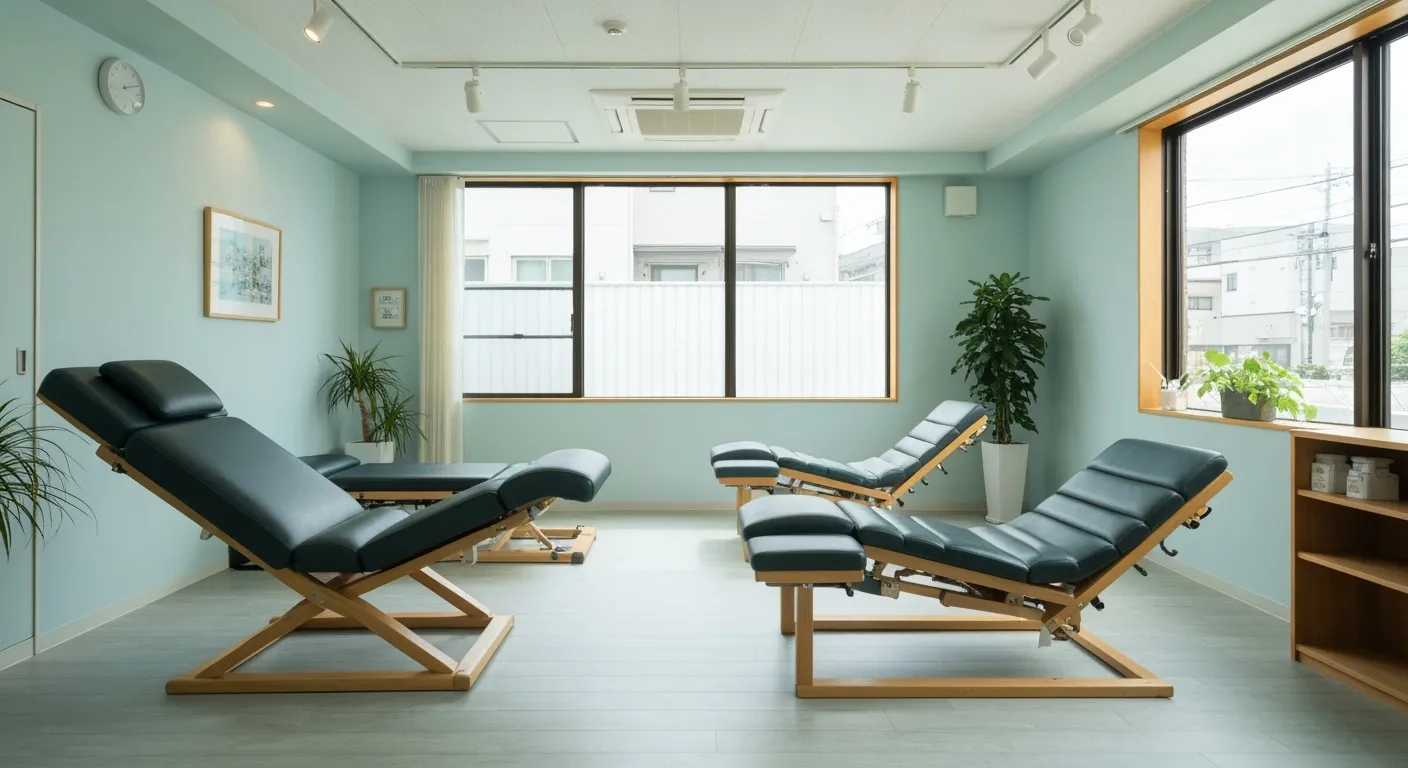
Patient Testimonials That Showcase the Power of Chiropractic Care

Preparing for Your First Chiropractic Appointment: What You Need to Know
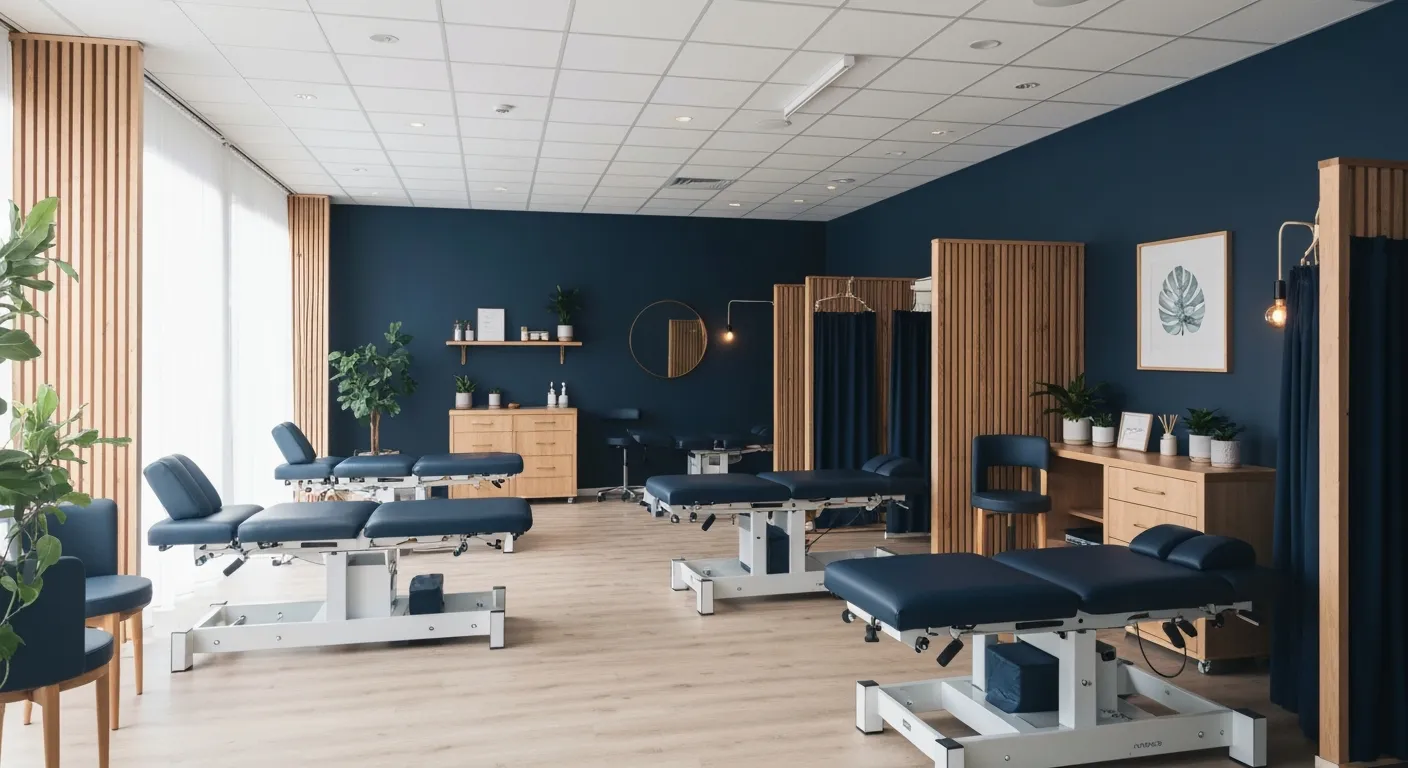
Holistic Treatment Options: Beyond Surgery for Pain Relief

Holistic Pain Relief Methods That Avoid Surgery

Nutritional Strategies for Supporting Spine Health and Recovery
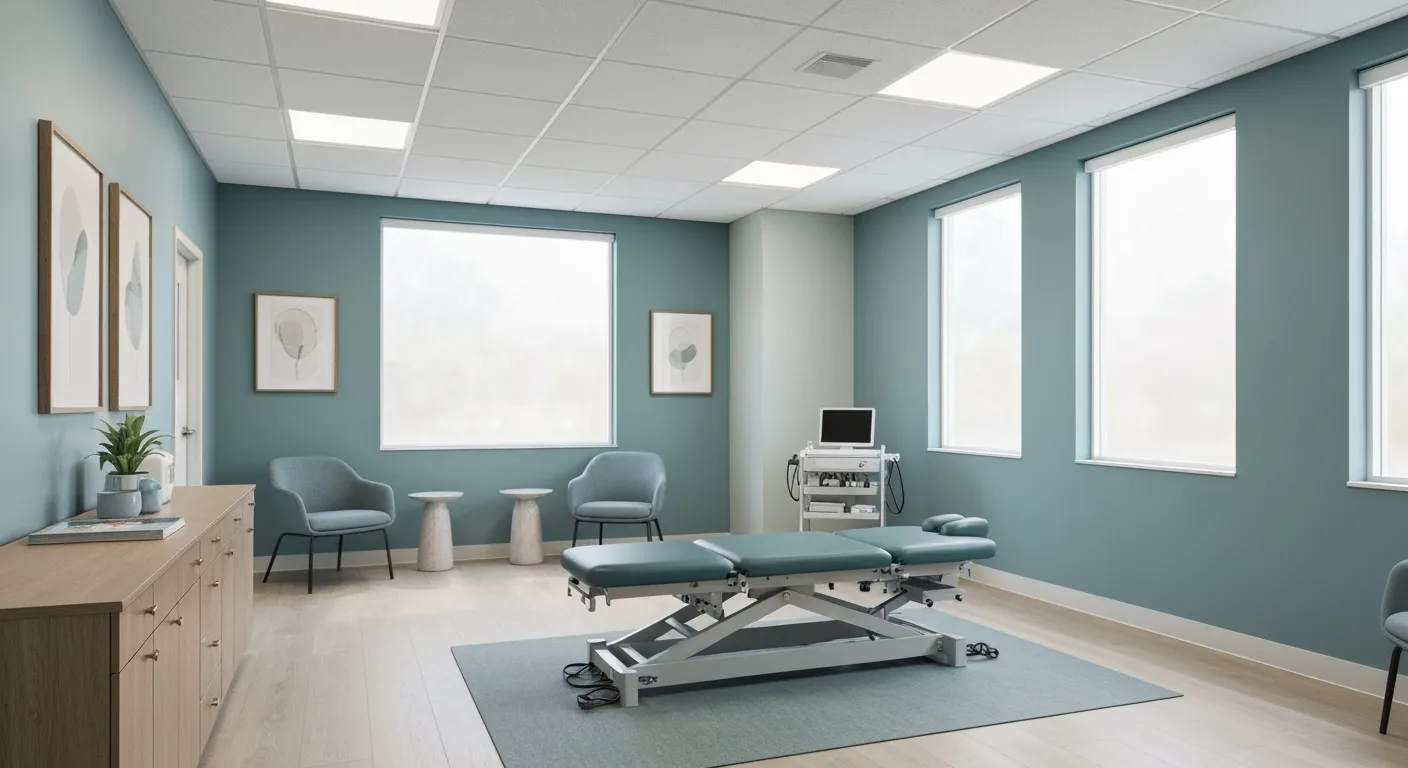
First Chiropractic Visit: What Happens and How to Prepare
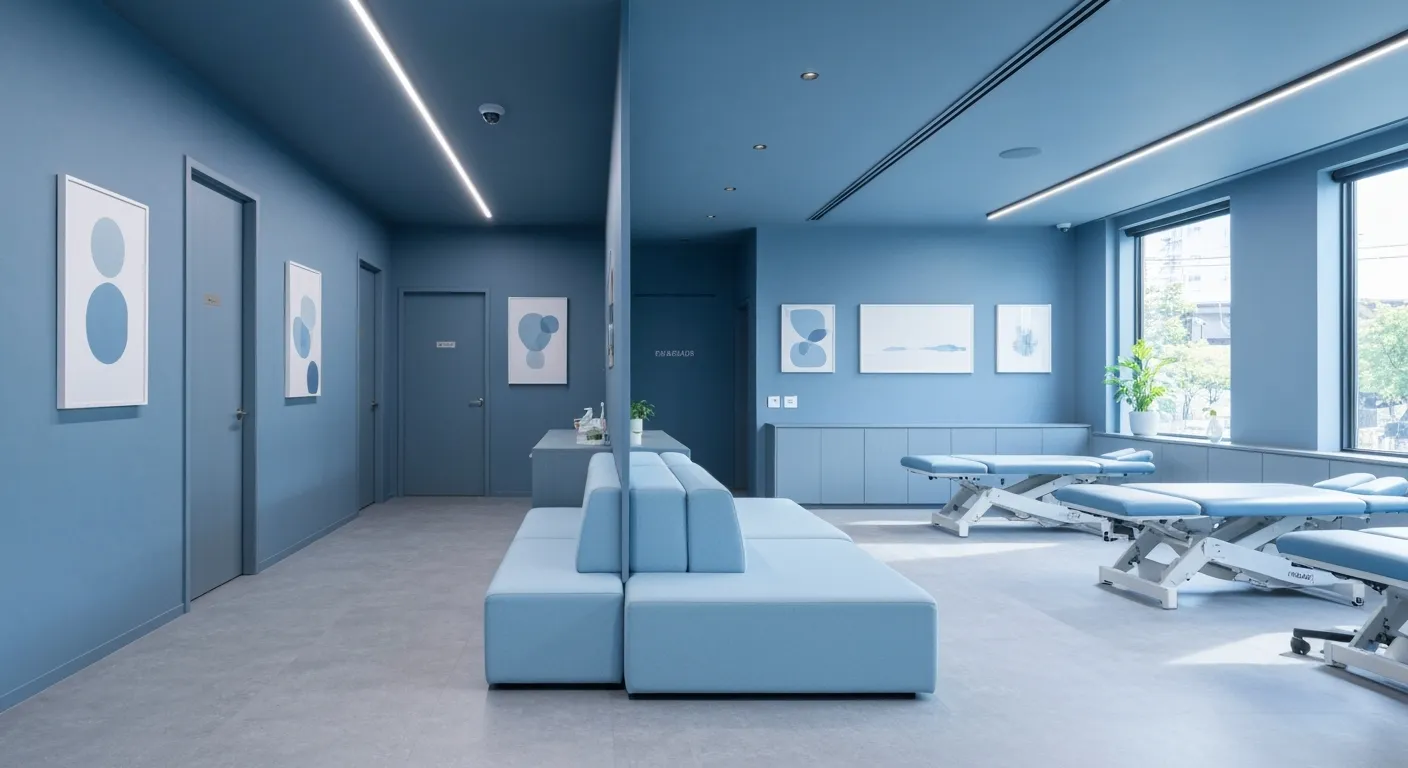
Chiropractic Patient Success Stories: Inspiring Journeys to Wellness
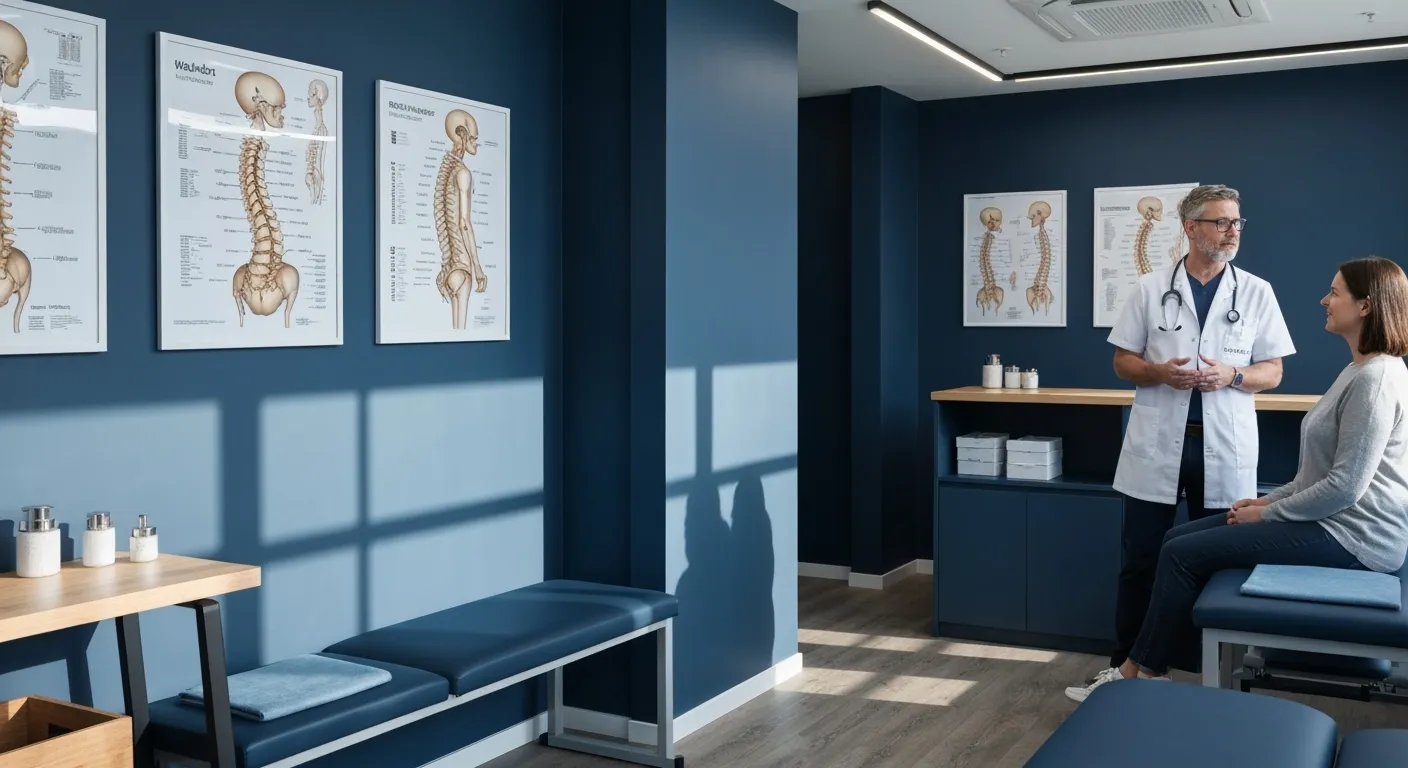
Effectiveness of Spinal Decompression Therapy in Managing Sciatic Nerve Pain
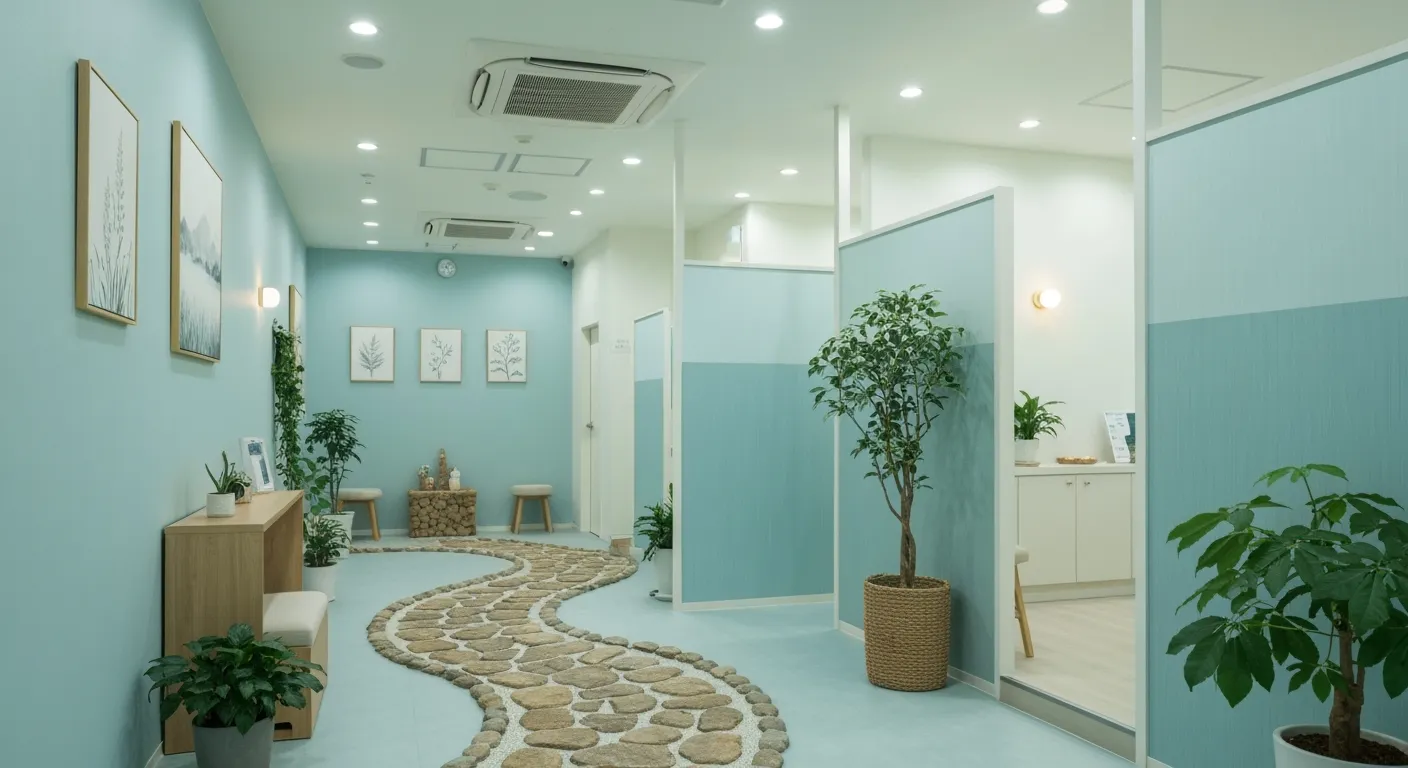
Addressing Pain at Its Source: Why Treating the Root Cause Matters
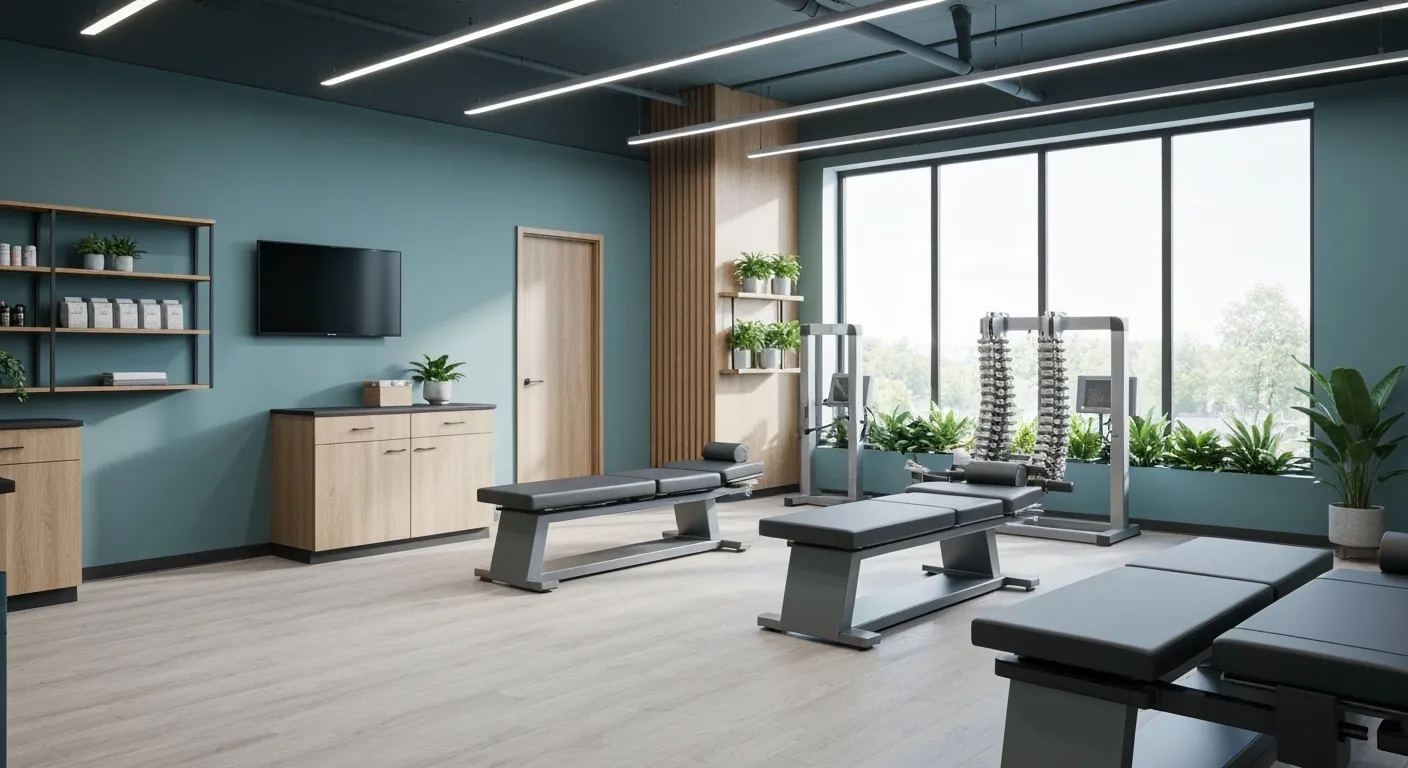
Corrective Exercise Programs Designed for Long-Term Pain Prevention

Healthy Lifestyle Advice for Maintaining Spinal Alignment
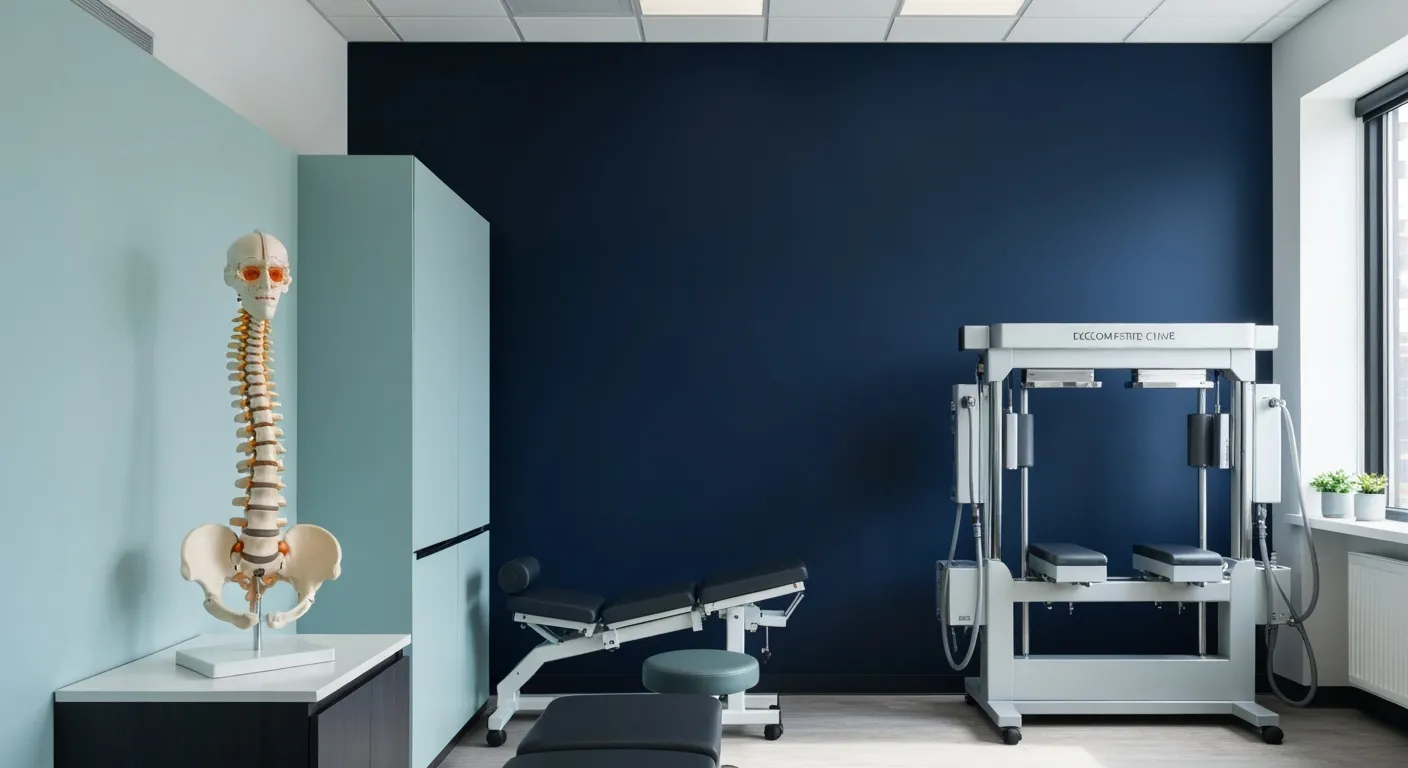
Understanding Spinal Decompression as a Treatment for Sciatica Pain
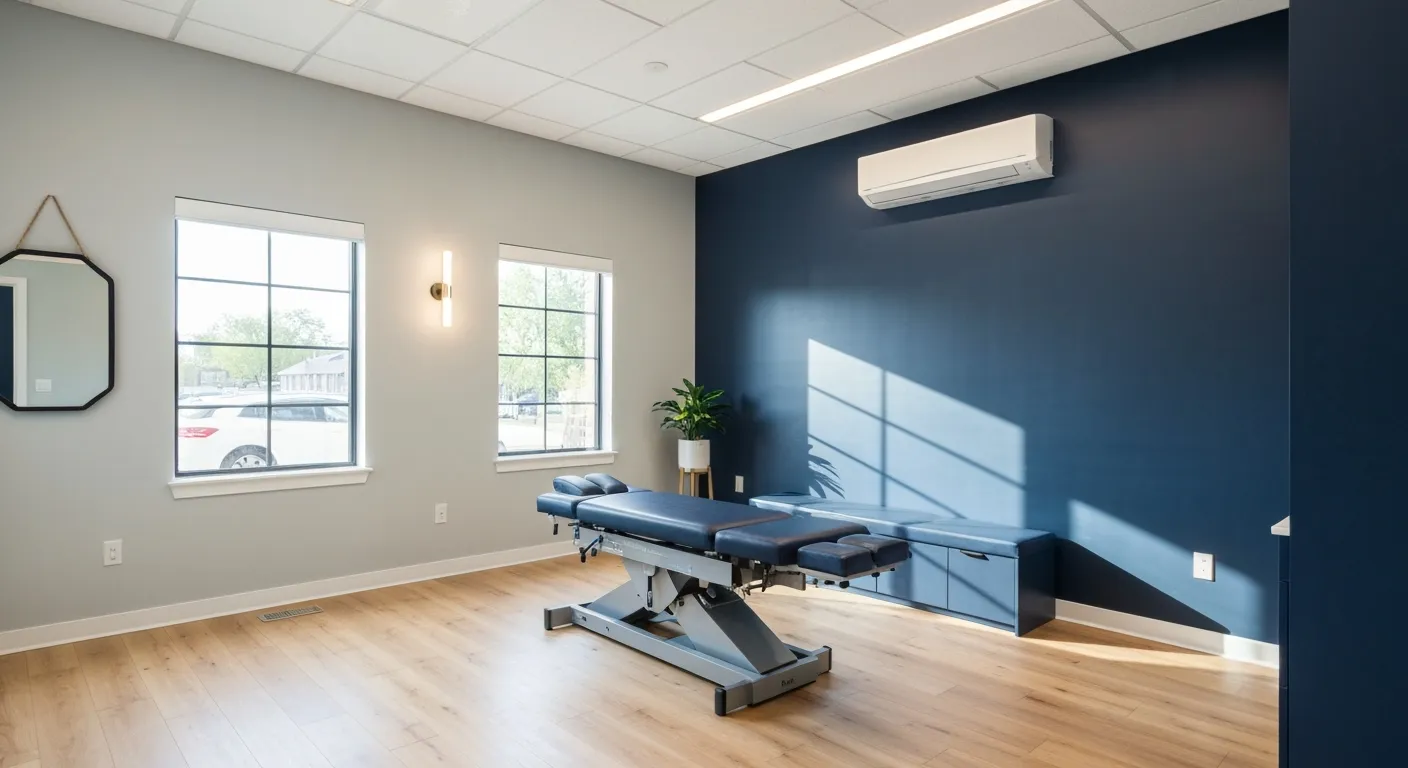
Benefits of Chiropractic Care Specifically for Back Pain Relief

Understanding Gait Analysis in Physiotherapy
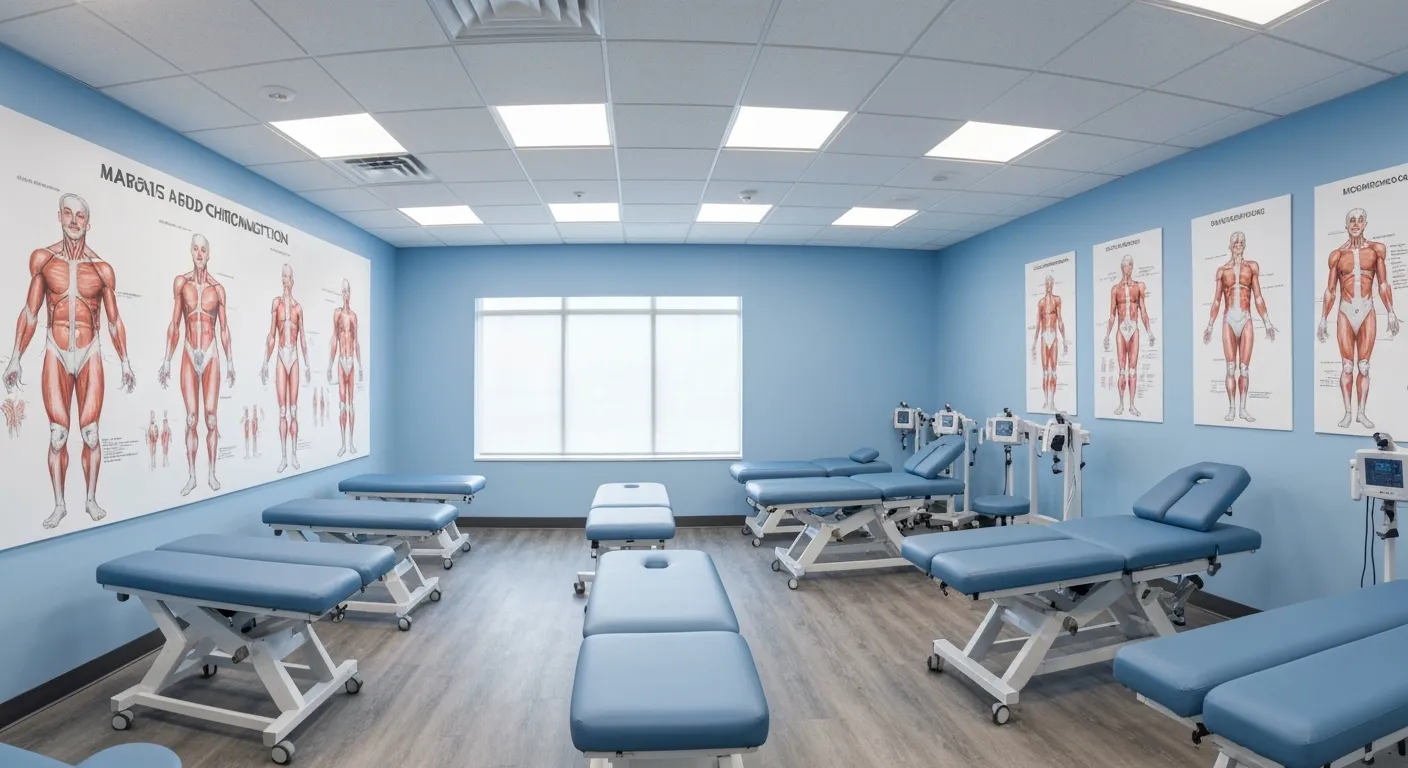
The Difference Between Muscle Soreness and Dysfunction

Workplace Stress Statistics: How Muscle Tension Impacts Productivity

How Physiotherapy Improves Mobility for Seniors

How to Communicate Pain Levels to Your Therapist Effectively
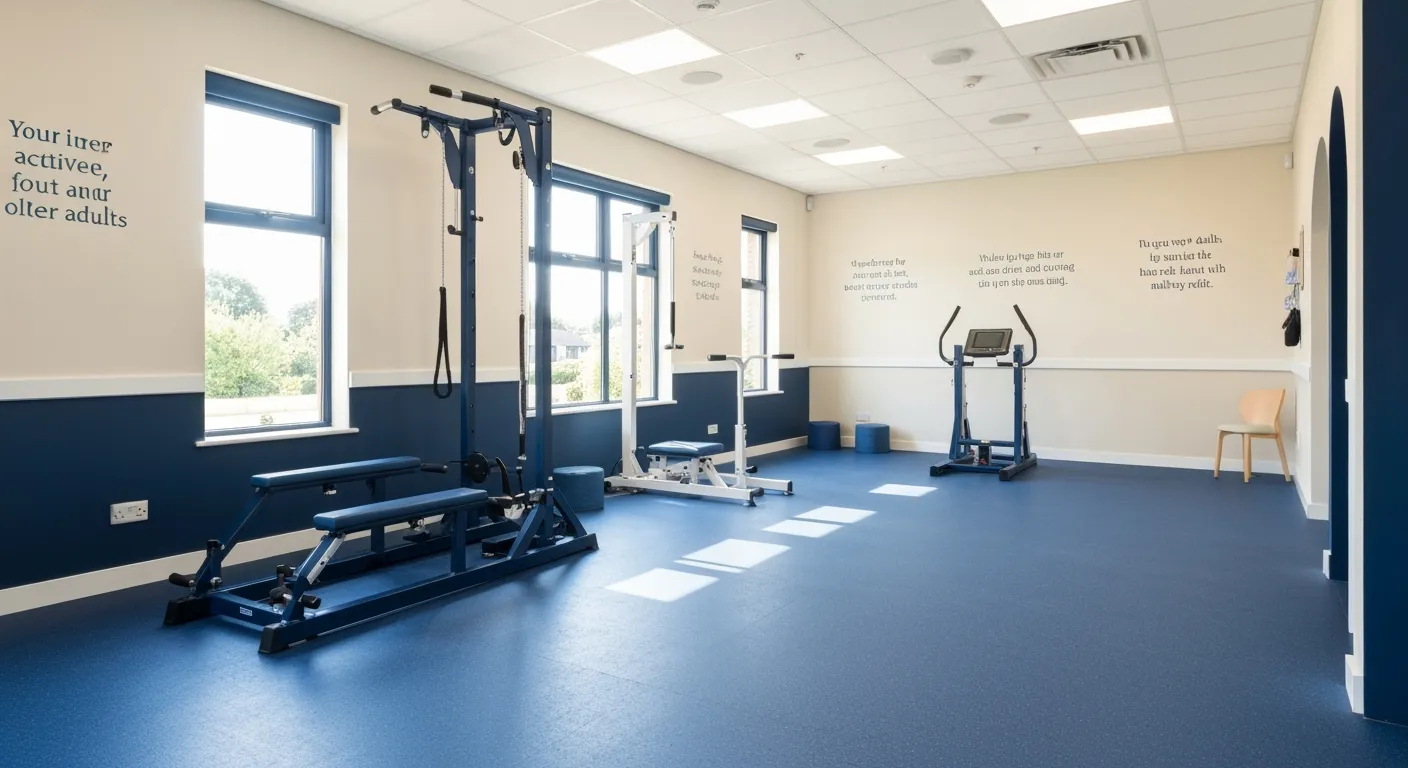
Physiotherapy Interventions for Balance and Fall Prevention

How Physiotherapy Helps Post-Surgical Recovery

Lifestyle Advice Everyone with Back Pain Should Follow

Chiropractic Industry Statistics: Growth, Demand, and Future Trends
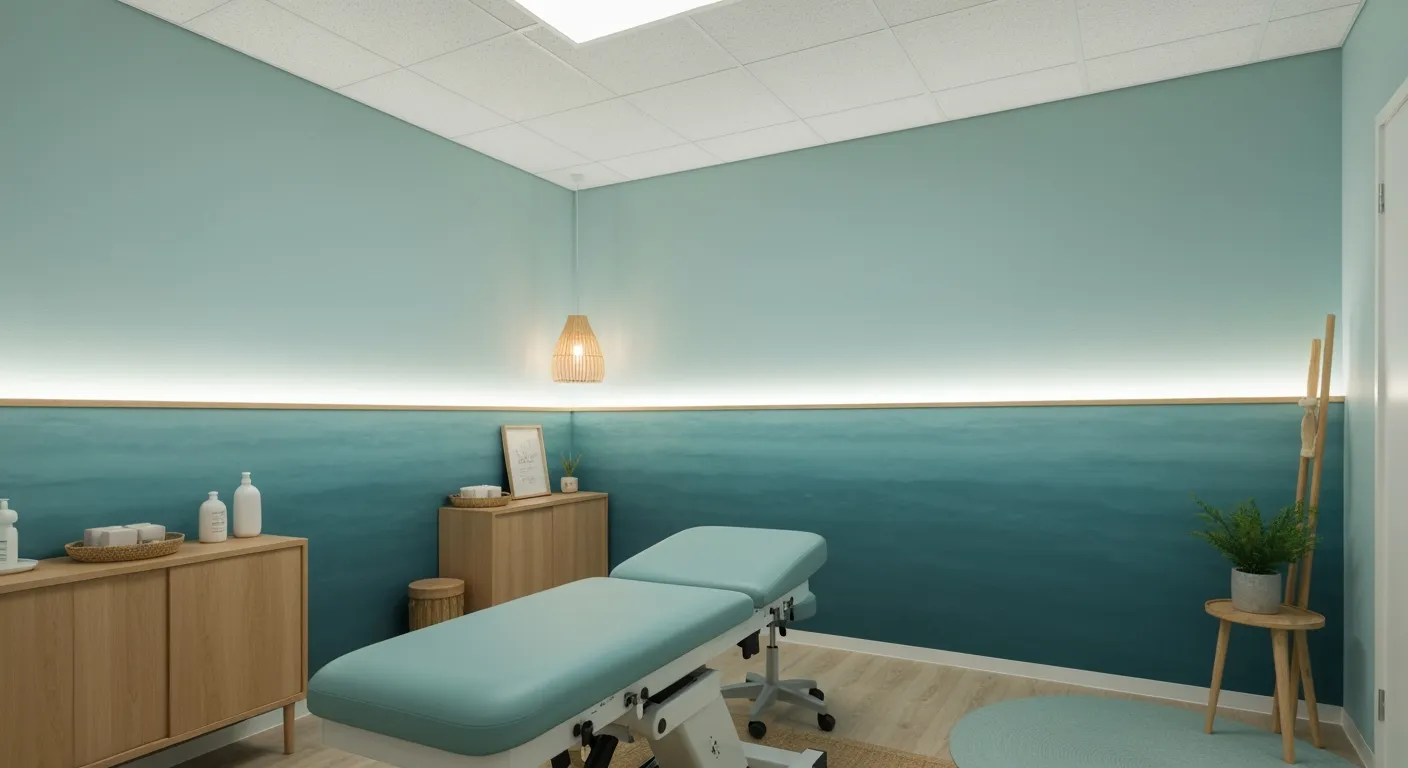
Myofascial Release: What It Is and Why It Matters
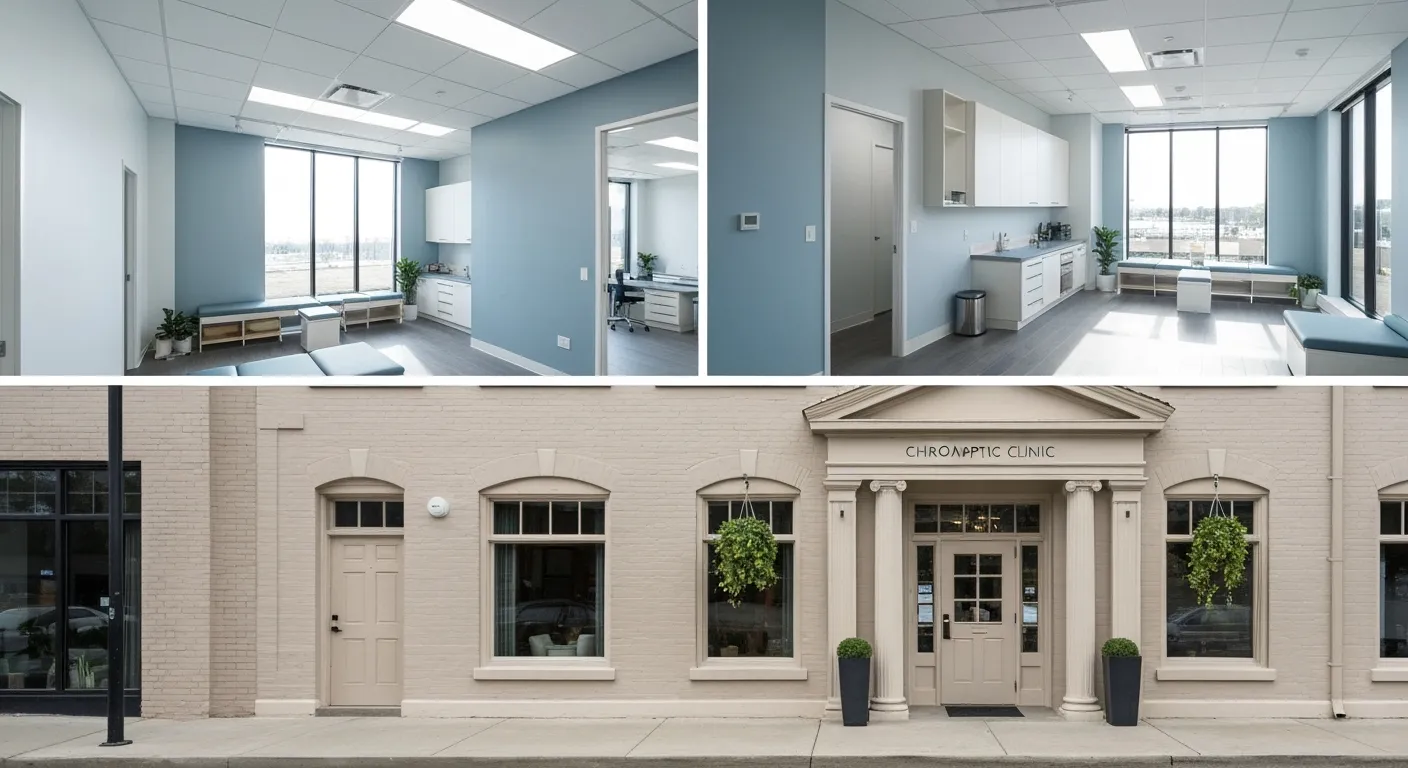
Chiropractic Care vs. Traditional Medicine: Cost and Effectiveness Statistics

Ergonomic Workspace Tips to Support Spinal Health
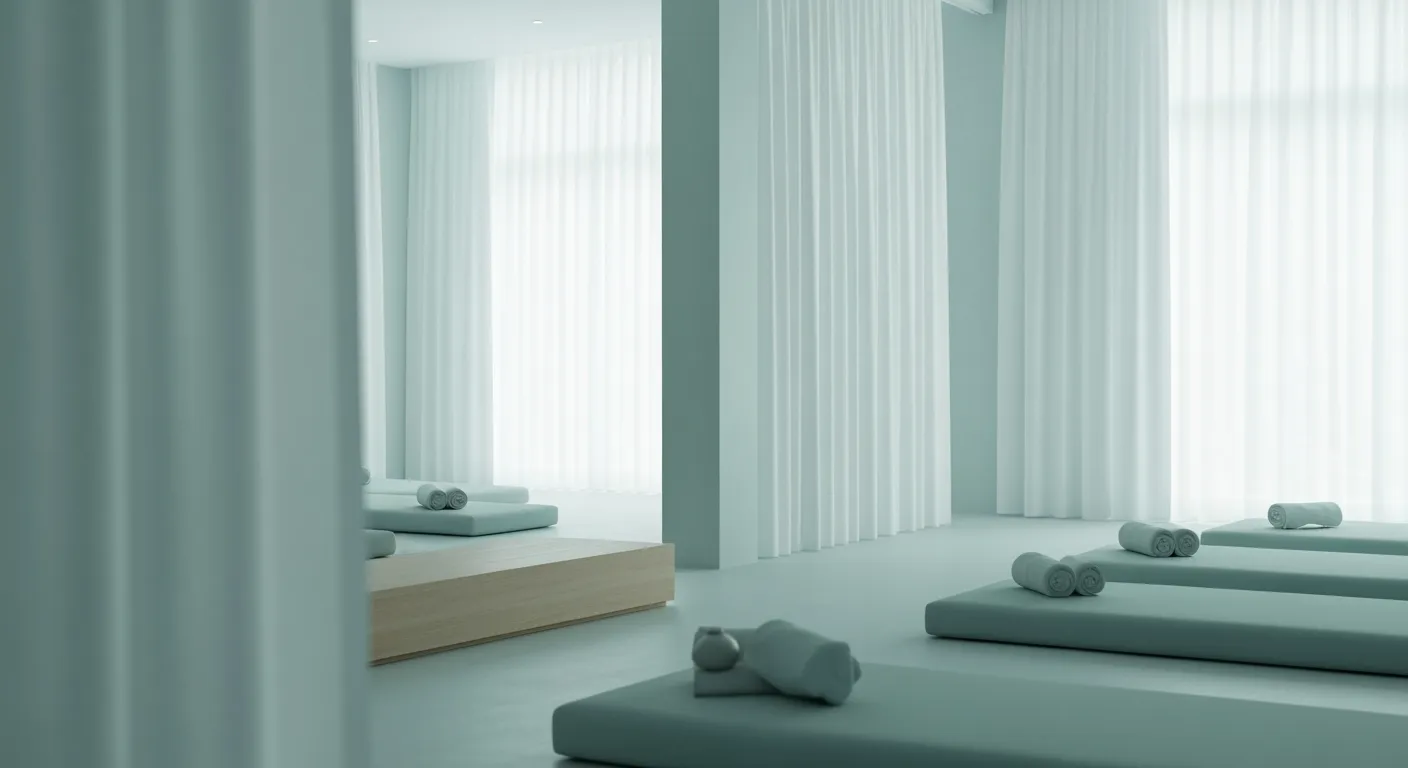
Why Proper Breathing Matters During a Massage Session
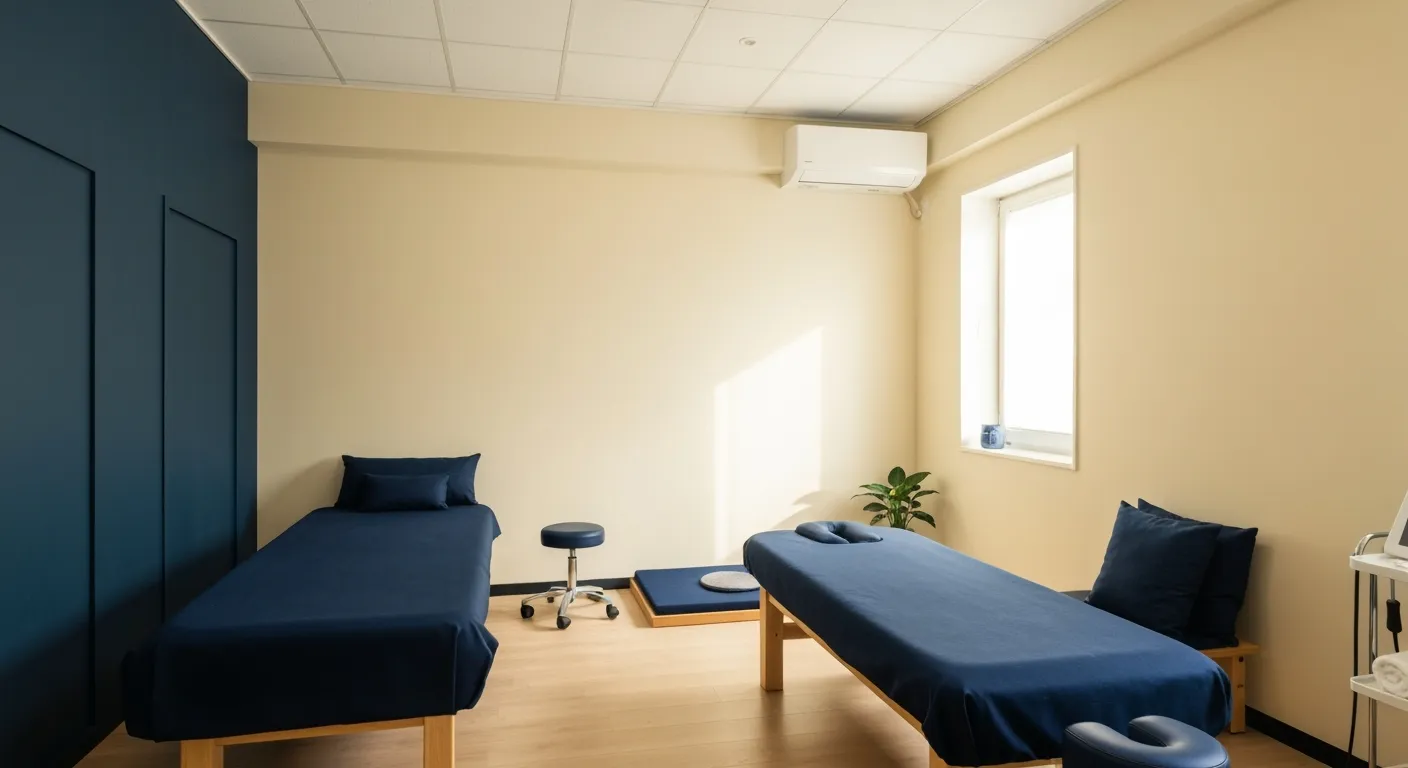
Client Retention Trends in the Therapeutic Bodywork Industry
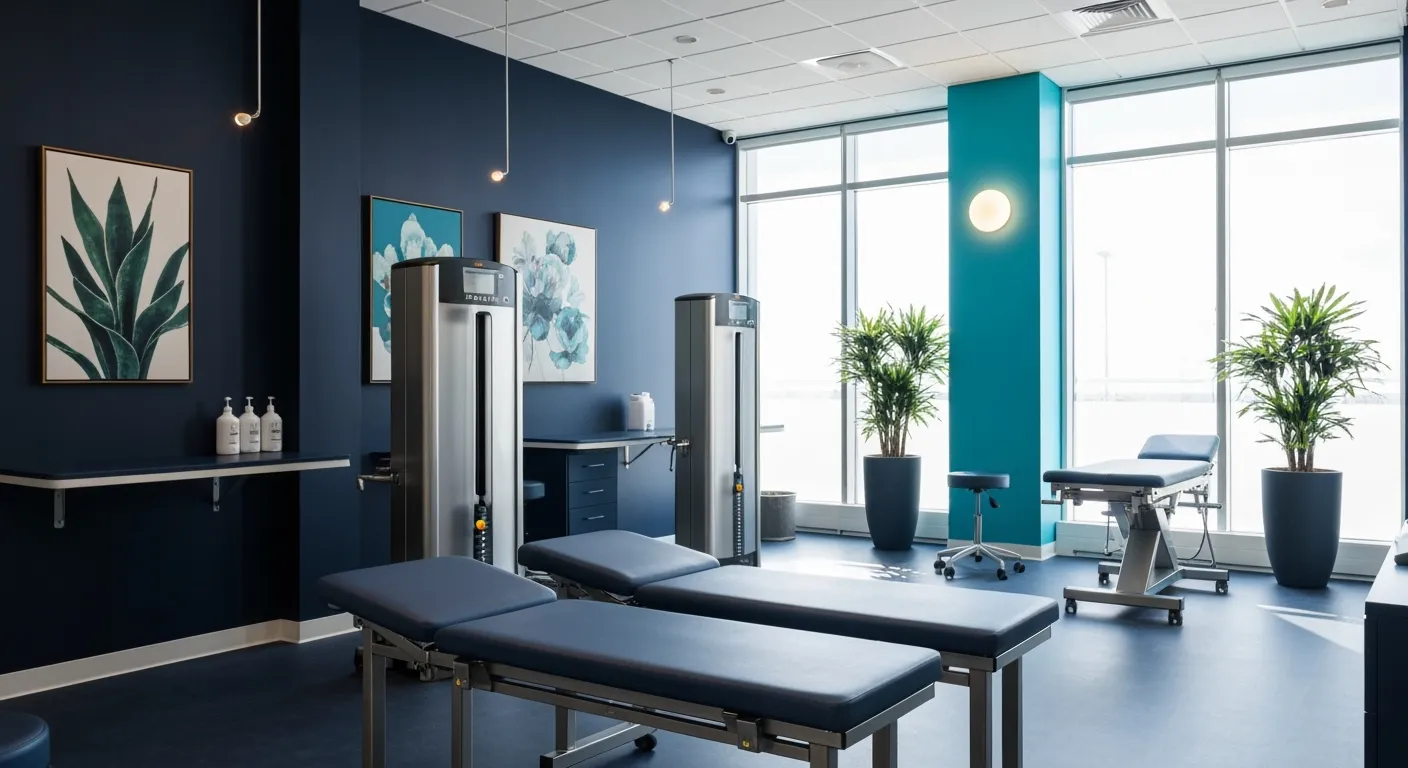
Why Physiotherapy Is Key in Preventing Re-Injury

How Massage Therapy Supports Natural Pain Relief
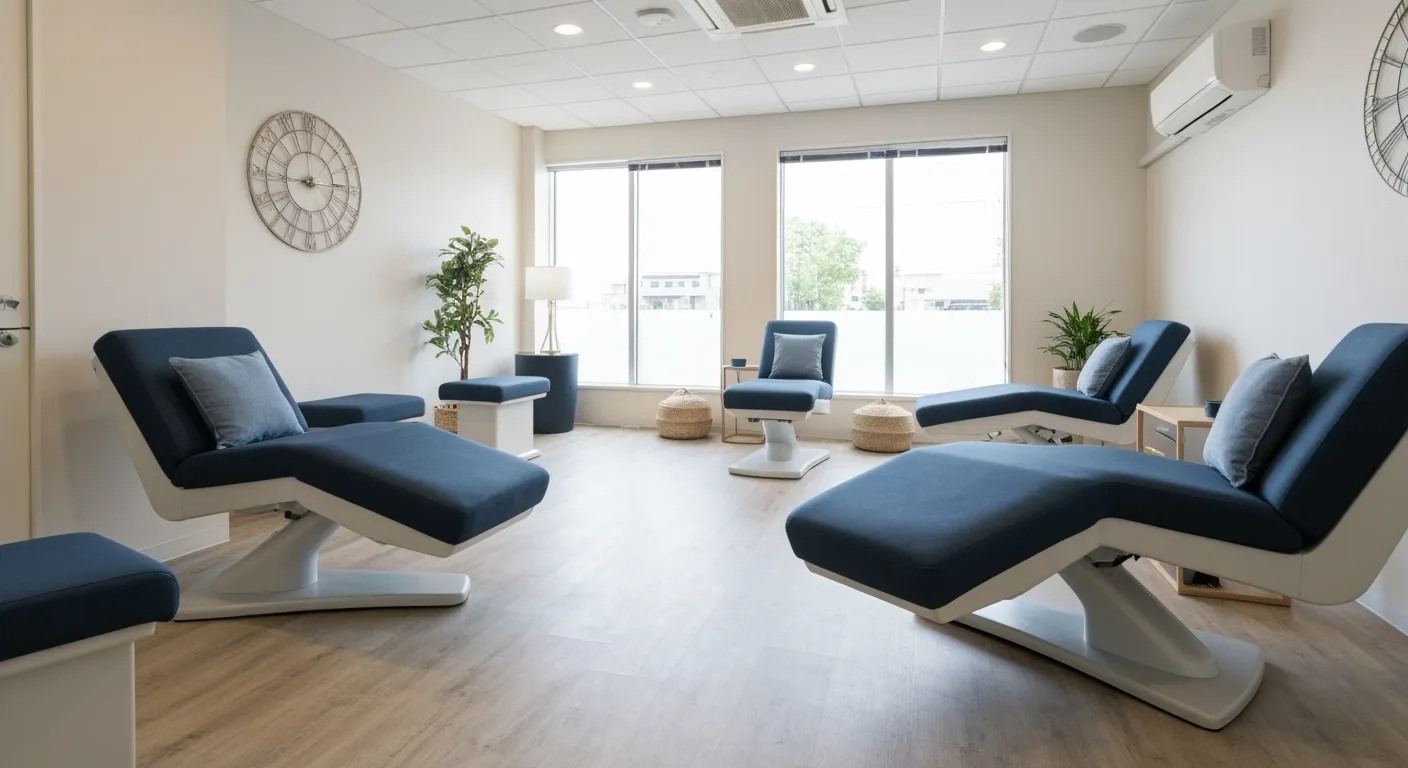
Healthcare Cost Reduction Through Preventive Bodywork Use
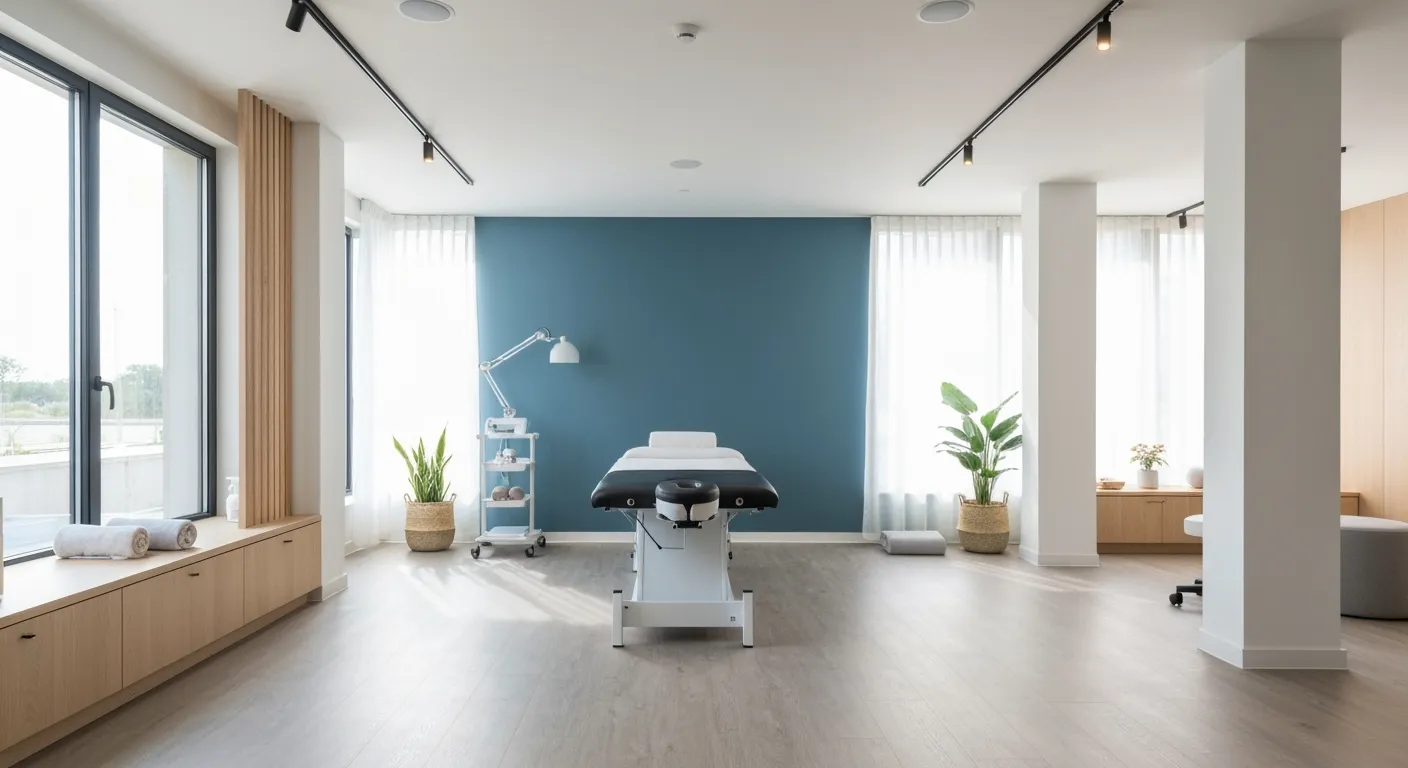
Athlete Massage Statistics: Pre-Event vs. Post-Event Outcomes

Massage for Migraine and Headache Relief

